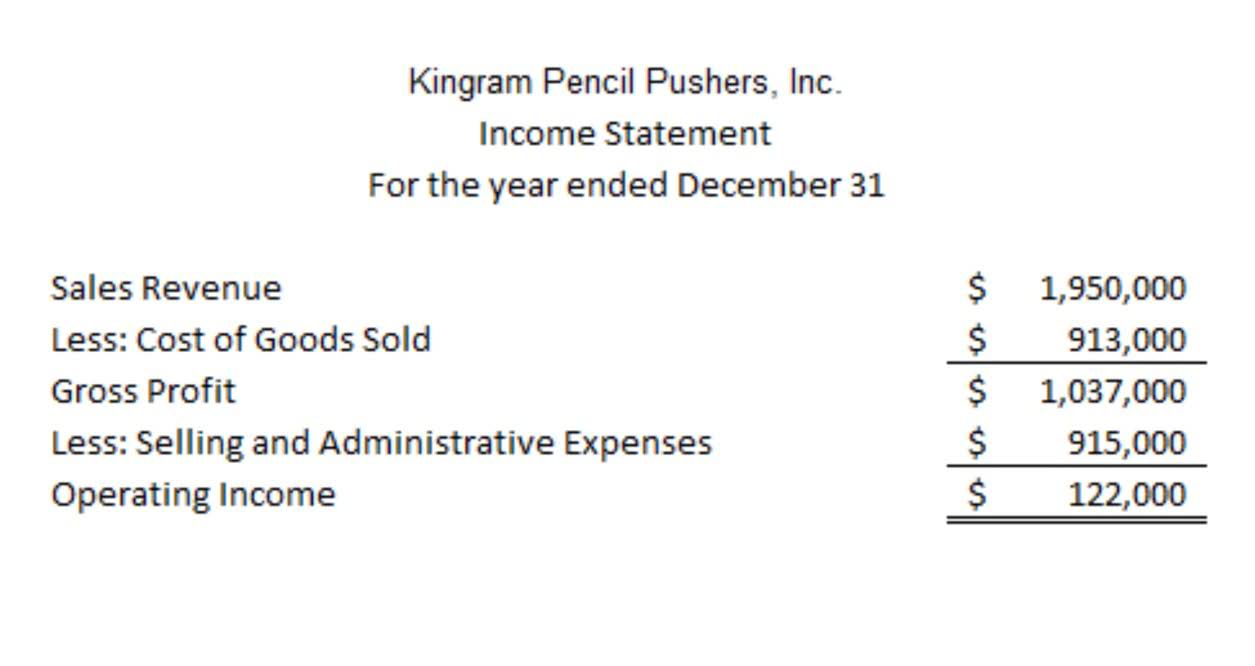
Ideally, your church should have at least three months of reserves to fall back on — preferably more than this. At the very least, it’s wise to have reserves that can cover a month’s worth of salaries and critical expenses. Line-item budgeting is the most common form of business budget.

Mission Expenses
- If your church took 40 youth to camp last year and expects to take 80 youth this year, your budget must be adjusted for the additional expense.
- Even expert financial analysts will not detail out every possible scenario for a given year.
- When setting budget goals, it is best practice to create SMART goals that are Specific, Measurable, Achievable, Realistic, and Time-bound.
- Evenduring tough times, it is important for our church members to rely upon God for their source of help.
- Financial reviews by an outside accounting firm will build trust and provide transparency with your donors.
- Always start with studying the previous year and make adjustments for the upcoming year.
Your accounting system will often have a pre-built “budget variance” report you can use to do this automatically for you. Managing https://www.bookstime.com/ finances at your church, a nonprofit or in any organization is never a one-person operation. That’s why it’s important to get other sets of eyes on the budget. Once your budget is completely filled out, get a second opinion. Find two or three people you trust, perhaps key leaders in your organization, and walk them through your logic in creating the budget. Ask them to pose the hard questions as you walk through it.

Join the fundraising movement!
Similarly, your monthly budget will help you identify where you need to gross vs net allocate your funds at the right time. Thanks to a lifetime of the house and personal budgeting success, you may think you are an expert on budgeting. Budgeting for churches is similar in some ways, but they are much closer to business budgeting. Below is a list of different budgets that work best for various churches.
- A mission-based budget aligns spending with your church’s mission, while a capital budget is useful for managing long-term projects and investments.
- Keep track of all your church’s income — including online donations and other fundraising channels.
- You can prioritize spending, avoid financial pitfalls, and build trust within your congregation.
- Unfortunately, many churches have debt thanks to a mortgage or other unexpected expenses.
- Here are some ideas you can try to improve and increase the giving at your church.
- These churches try to let the income catch up with the compensation levels.
Step 6: Review and Adjust
Throughout the Bible, we are asked to fund missionary work, pay our church leaders and ministry, and give to the poor. Church budgeting plays an invaluable role in supporting the mission and ministry of your church. For church expenses, categorize them into the line categories listed above including ministry expenses, personnel costs, facilities maintenance, outreach initiatives, and more. Use historical data, gather feedback from stakeholders, and conduct market research to estimate your expenses accurately. Consider prioritizing essential expenses before funding programming. Also, make sure to look for opportunities to reduce costs and optimize spending.

Once you’ve assessed your income and expenditure, you will see areas that could be streamlined. To ensure that possibility, you should purposely set aside a reserve fund. When funding your reserves, you must cover at least one pay period for your staff. Remember, your reserves should not exceed the amount of your budget for two years. The goal of every church is to grow and spread God’s word to more people. The result of this growth is often a need for a larger facility.

Tips for Managing a Church Budget Shortfall
Again, the purpose is to have better control and vision for the finances of the church. Setting overly optimistic income projections can lead to financial difficulties. Be realistic about expected revenue, considering historical how to create a church budget data and current economic conditions. This approach helps ensure your church budgets remain sustainable and attainable.
